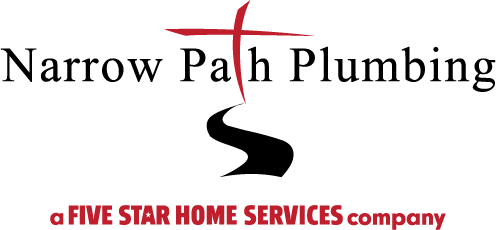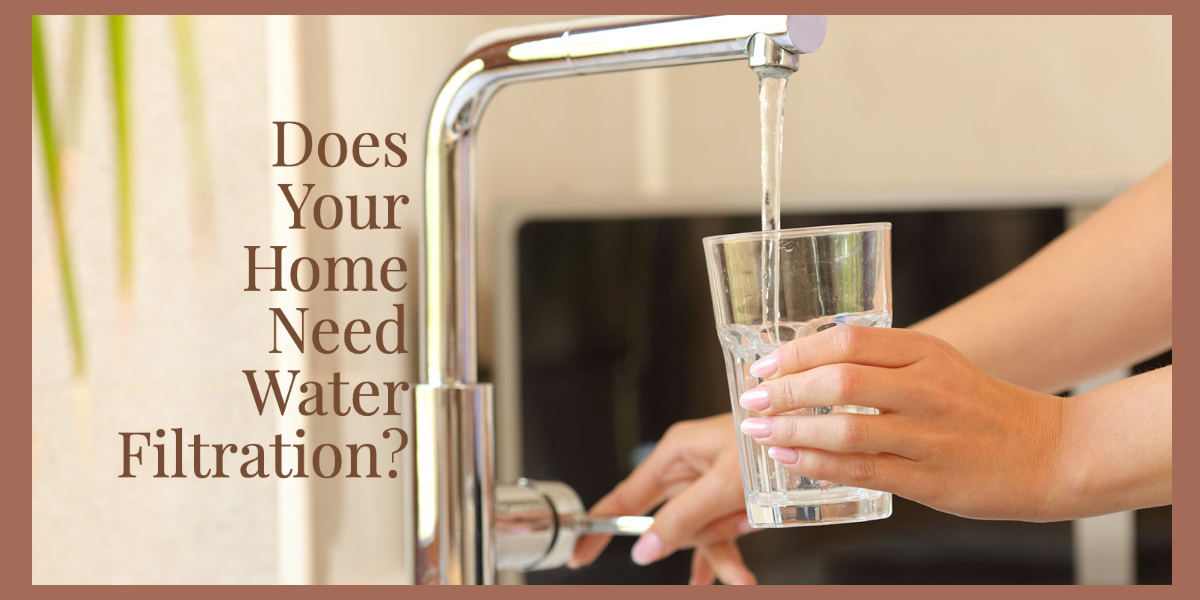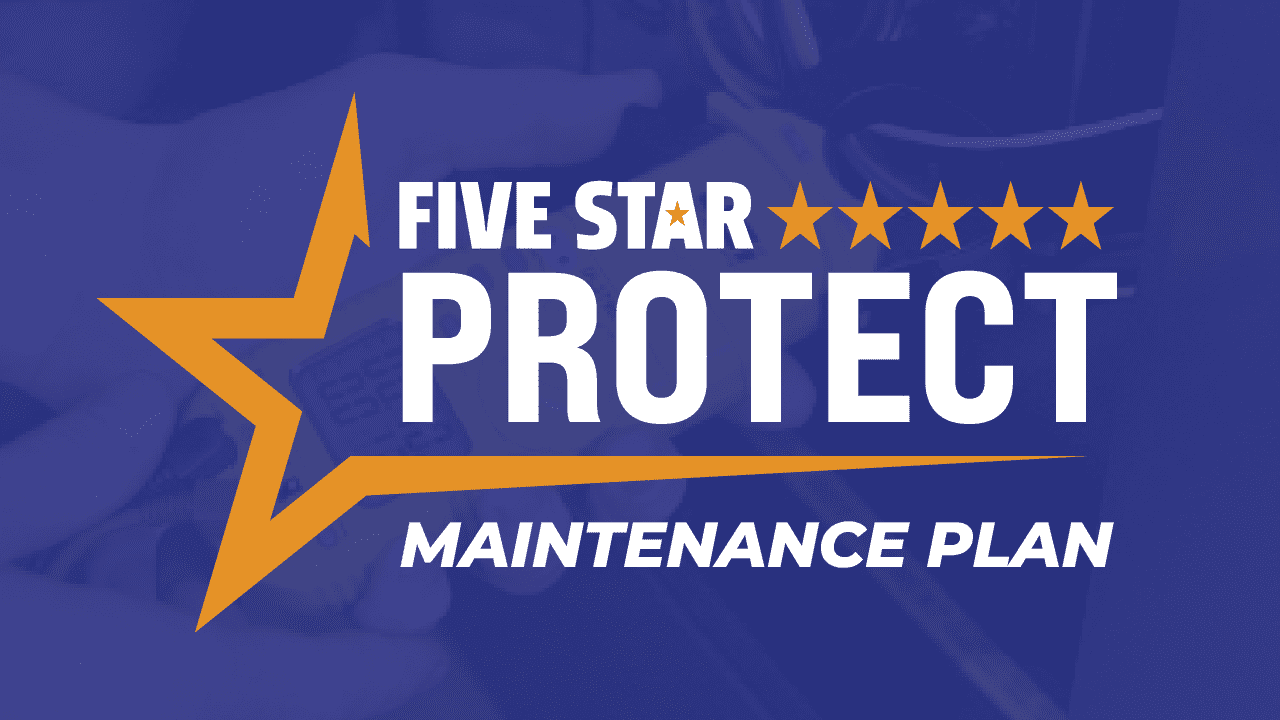There are many types of water filtration that you could incorporate in your home plumbing system. Water filters are becoming increasingly more common, and they are simpler and easier to maintain. While the existing home filtration systems have many differences the main thing to consider when considering a filtration system is taste as well as cost. The following are just some of the widely available home water filtration systems that people commonly consider.
Carafe Filters
These are usually more inexpensive and easy to procure. Depending on which type you buy, you may have a system that is fantastic at removing lead and chloroform with long filter life, but others may clog and not last as long. Even the best of these may not suffice for a family; the inconvenience of constantly filling pitchers or other receptacles may make these quite impractical for households that have more than one or two individuals.
A riff on these is the countertop filters. Similar technology is used in a larger format to filter greater amounts of water for larger households. While these can provide greater water volume, they take up a great amount of space either on a counter top or in the refrigerator and the need to constantly refill may make this impractical for many households.
Faucet-Mounted Filters
These can be a quick and easy solution for many. These don’t need professional installation and they provide drinking and cooking water. These usually allow you to switch quickly and easily between filtered and unfiltered water. While relatively inexpensive, the water flow from these can be terribly slow, and the sizing for faucet-mounted filters is not universal, meaning these do not fit on all faucets.
Under-Sink Filters
The under-sink filters are very similar to carafe or countertop filtration systems. The main difference aside from being hidden away under the counter is that these require a professional plumber to install. These also require additional modifications; a dispenser needs to be installed through the countertop or sink to provide convenient access to the filtered water.
Reverse Osmosis Filters
While a bit more expensive, the reverse osmosis system is a well-worthwhile investment for many. These systems use household water pressure to filter the water through a semi-permeable membrane. This system removes a great range of contaminants. Reverse Osmosis filtration can remove many dissolved solids as other systems can but they are at this time the only sort of filtration certified to remove arsenic from the home water supply.
The Reverse Osmosis filter method is not maintenance free. This system needs to be cleaned and sanitized occasionally with bleach. Also, with time the filtering membrane must be replaced. These systems are also known to be slow and waste producing. In addition, these systems do take up a lot of space.
Conclusion
While these are not the only water filtration systems available, these are some of the most popular methods. Those living alone in small residences may do best with a pitcher or countertop filtration unit, which is very do-it-yourself. Reverse Osmosis however is the most comprehensive system, which makes it the most costly of the aforementioned systems. Homeowners probably are better off with a more permanent solution, such as Reverse Osmosis, that can produce great amounts of clean, tasty, filtered water for cooking and consumption.





